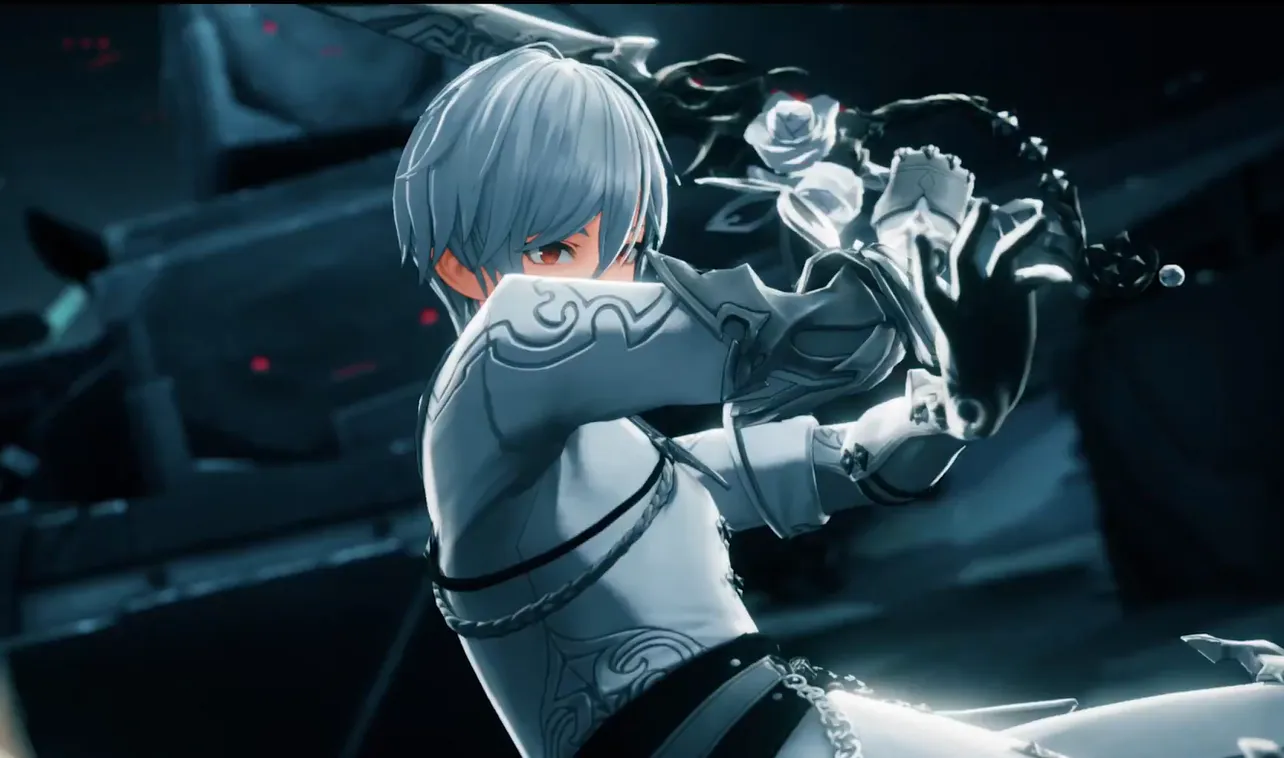Trigger Probability is a core combat stat in Duet Night Abyss that governs the chance for certain effects to activate when you land qualifying hits or perform specific actions. It’s separate from critical chance and damage, and it only matters for effects that can “proc” — the ones that don’t happen every time but can occur intermittently based on a roll.
Trigger Probability: what the stat actually does
When a weapon, skill, or passive describes an effect that can occur (rather than always occurring), Trigger Probability is the percentage chance that effect will activate each time its condition is checked. In plain terms: higher Trigger Probability means those chance-based effects happen more often over time.
Important boundaries:
- It does not change how hard an effect hits; it only changes how often it happens.
- It does not affect always-on bonuses (for example, damage that scales with magazine size stays unaffected).
- It is a separate roll from critical hits; a proc can occur on a crit or a non-crit, and vice versa.
Where you see Trigger Probability in your build
You’ll encounter Trigger Probability as a stat line on weapons and as a bonus from certain team buffs and passives. Even starter options show the spread:
| Item | Category | Trigger Probability | Notes |
|---|---|---|---|
| Osteobreaker | Assault Rifle | 30% | Base rifle with an always-on damage scaling by remaining magazine; Trigger Probability supports other chance-based effects in your kit. |
| Screamshot | Shotgun | 20% | Close-range, high-impact; lower base Trigger Probability than the rifle. |
| Protagonist (team support) | Character buff | Provides a bonus | Can grant teamwide increases to Trigger Probability alongside shield, crit, and weapon damage. |
How Trigger Probability differs from crit chance and attack speed
These three stats often move together in proc-heavy builds, but they do different jobs:
- Trigger Probability: The chance that a qualifying effect occurs on a given check.
- Crit Chance/Crit Damage: Whether a hit is critical and how much extra damage it deals; crit does not make a proc more likely.
- Attack Speed/Hit Frequency: More hits or ticks per second means more chances to roll for a proc, but it does not change the percentage on each roll.
Put another way, Trigger Probability controls odds per check; hit frequency controls how many checks you get; crit controls damage when hits land.
What counts as a “trigger” in practice
Effects governed by Trigger Probability typically include phrasing like “has a chance,” “may,” or lack a fixed cooldown. Common patterns include:
- On-hit effects that apply bonus damage, status, or utility on a chance.
- Weapon passives or traits that fire an additional effect without a stated cooldown.
- Character or team passives that say they can occur rather than always occurring.
By contrast, effects that explicitly state a guaranteed outcome, a fixed interval, or a strict cooldown are not governed by Trigger Probability.
How to increase Trigger Probability
- Start with a higher base: pick weapons that list a larger Trigger Probability on their stat sheet (e.g., Osteobreaker has a higher base than Screamshot).
- Leverage team buffs: field characters who provide Trigger Probability bonuses; the Protagonist can supply this alongside shield, crit, and weapon damage.
- Look for passives that name the stat: gear, skills, or upgrades that explicitly boost Trigger Probability stack well in proc-centric builds.
Because the stat affects odds, even modest increases can meaningfully raise how often your effects appear across long fights.
When to prioritize Trigger Probability
Lean into Trigger Probability when:
- Your weapon or kit includes impactful on-hit effects that drive your damage or control.
- You run high hit frequency (fast weapons, multi-hit abilities), maximizing the number of rolls.
- Your base Trigger Probability is low but the effect is strong enough to justify investment.
De-prioritize it when most of your power comes from guaranteed effects, fixed-interval skills, or raw stat scaling (attack, crit, or attribute-based multipliers). In those cases, increasing weapon damage, crit stats, or survivability typically delivers more consistent returns.
Expected values and streakiness
Probability plays out over many trials. A 30% Trigger Probability implies that, on average, about 3 out of 10 qualifying checks will proc across a large number of checks. In short bursts, the results can streak high or low — that’s normal. If you want reliably frequent procs in short windows (boss burst phases, for example), you either raise Trigger Probability or increase the number of checks in that window (faster hits or multi-hit skills).
Quick checks to validate your build
- Read the tooltip: if an effect isn’t guaranteed and has no fixed cooldown, treat it as triggerable.
- Swap weapons with different base Trigger Probability and observe proc frequency over a few consistent encounters.
- Add a team buff that increases Trigger Probability; if your effect depends on procs, its uptime should visibly improve.
The bottom line: Trigger Probability determines how often your chance-based effects happen. If your kit leans on those effects, build around it — pick weapons with higher base values, stack team buffs that name the stat, and pair it with high hit frequency for steady uptime.


